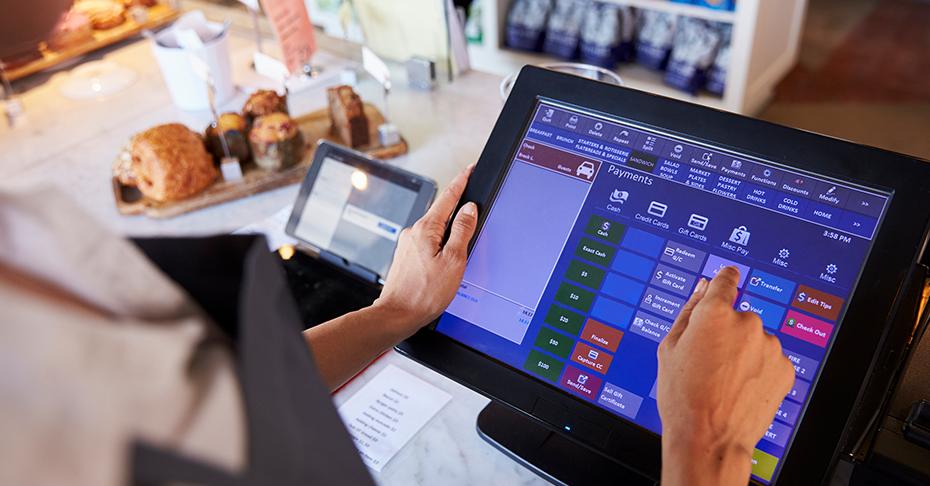
5 Tips for Micro SMEs Transitioning to E-Invoicing with POS Systems and Payment Terminals
Understand the E-Invoicing Requirements
Before diving into E-Invoicing, it’s critical to comprehend the legal and operational requirements. Micro SMEs must comply with local regulations to avoid penalties. In Malaysia, this includes adhering to LHDN guidelines for local transactions and Peppol for international exchanges. Both systems ensure tax compliance and efficient invoicing.
Tip: Start by familiarizing yourself with which types of invoices are required for your business, whether local or international. Compliance is key to avoiding disruptions in your invoicing process.

Assess Your Current POS and Payment Systems
Before integrating an E-Invoicing solution, evaluate the compatibility of your existing POS (Point of Sale) and payment terminals. Many businesses may need to upgrade or modify their systems to handle electronic invoices seamlessly. This assessment prevents technical hiccups later.
Tip: If your POS system or payment terminal doesn’t support E-Invoicing, explore vendors that provide integration-ready software solutions. This ensures smooth communication between your POS, payment terminal, and invoicing platforms.
Choose the Right E-Invoicing Solution
Not all E-Invoicing platforms are created equal. Select a system that works well with your current business setup. The solution should be user-friendly and compliant with Malaysia’s local and international invoicing standards (LHDN and Peppol).
Tip: Opt for a cloud-based invoicing platform that allows for real-time data access and invoice submission. This helps in automating workflows and reduces human error.
Test Your System Before Full Implementation
Before fully transitioning, run pilot tests to ensure your POS system, payment terminal, and E-Invoicing software are integrated seamlessly. Testing will identify any potential issues or errors before they affect your operations.
Tip: Conduct a few mock transactions to see how well the system handles E-Invoices. Check for data accuracy and validate communication between systems. Make adjustments where necessary.
Train Your Team for a Smooth Transition
Your team plays a crucial role in the success of this transition. Proper training on how to generate, validate, and send E-Invoices using your POS and payment terminals ensures that the transition happens without disrupting your daily operations.
Tip: Invest in a few hours of training with your E-Invoicing solution provider. Ensure all key employees understand the invoicing process, error corrections, and compliance checks.
Conclusion
Transitioning to E-Invoicing doesn’t have to be overwhelming for Micro SMEs. By understanding the requirements, evaluating your existing systems, selecting the right software, testing thoroughly, and training your team, you can make this shift seamlessly. An integrated POS and payment terminal system will further streamline your operations, ensuring long-term compliance and efficiency.
For more information on how E-Invoicing can enhance your business operations, visit paidchain.my.

